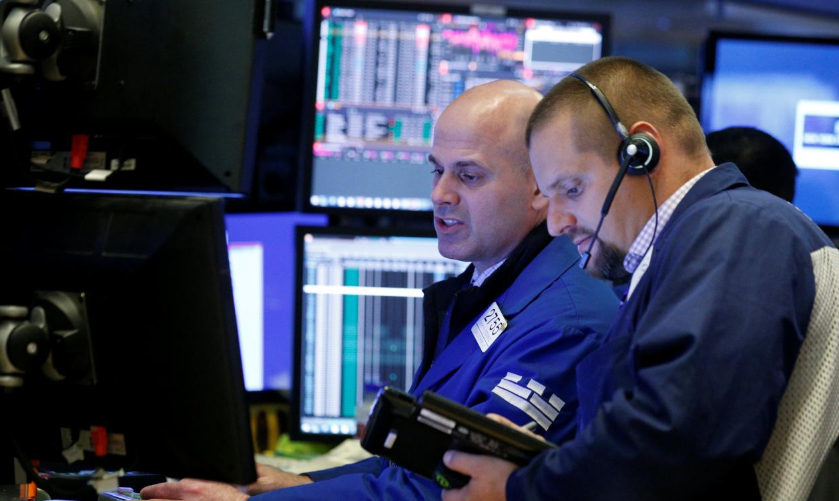
The U.S. Federal Reserve’s anticipated interest rate hike this week will make cash the most attractive it has been in about a decade and end the era of stocks as the only game in town.
During this bull market which in August broke the record as the longest ever, interest rates were so low that most fixed income assets other than junk bonds yielded less than the inflation rate or the dividend yield on the S&P 500. This drove yield-hungry investors to stocks, the one asset that delivered a real rate of return, or return on investment adjusted for inflation.
“One of the big influences in the market over the last decade has been that bonds as an alternative have been pretty much out of the market,” said Jack Ablin, chief investment officer at Cresset Wealth Advisors in Chicago.
“There is historically a tug of war between stock investing and bond investing and since the financial crises the bond market has been in the tug of war with one arm tied behind its back,” he said.
That may be set to change.
The Fed ended its regime of rate suppression when it stopped expanding its balance sheet and then began raising interest rates in late 2015. Since then, bonds have slowly returned to delivering real returns relative to inflation.
With next week’s anticipated rate action, cash will join the party. A broad array of money market assets should finally regain a real return versus inflation. It will be the first time since early 2008 that money market assets will deliver a real return.
“It certainly gives cash a boost. It gives risk aversion a boost,” said Ablin.
As the real rate of return available on safer U.S. assets rises, it diminishes the appeal of riskier assets.
“The regime of safe asset shortages is over. We are now in a safe asset glut regime,” Credit Suisse Group AG analyst Zoltan Pozsar, said in a recent note.
The stock market, meanwhile, is bracing for the rate hike at a time when the forward price-to-earnings(P/E) of 17.2 versus the historic average of 15. This was not a headwind three or five years ago when the competition yielded a negative real return, but that valuation now may look a bit pricey, especially with profit growth expected to moderate after this year’s extraordinary, tax-cut induced showing.
S&P 500 earnings growth should hit its peak for the cycle this year, estimated at 23.2 percent, while growth for 2019 is now estimated at just 10.2 percent, according to Thomson Reuters data.
“As long as earnings growth outpaces the interest-rate rise, stocks should be fine. If earnings growth slows in comparison to the interest-rate rise, then you’ve got an issue,” said Oliver Pursche, chief market strategist at Bruderman Asset Management in New York.
Equity mutual funds posted outflows of more than $1 billion in the week ended Sept. 19, marking the group’s 13th consecutive week of net outflows, according to Lipper data. At the same time, investors have been pouring money into ultra-short obligation funds, in a sign of increased allure of investments with shorter maturities.
The ultra-short obligation funds peer group, used to offset interest rate risk, had net inflows of $614 million in the week ended Wednesday, the 28th straight week of net inflows, Lipper data showed.
Even as cash grows more attractive, analysts do not see stocks falling out of favor soon.
“I think the euphoria around the economy and forward earnings growth is swamping this yield comparison idea that bonds are starting to look more attractive than stocks,” said David Lafferty, chief market strategist at Natixis in Boston.
“I think investors will have real choices to make in the second half of next year as (bond) yields become more attractive and the earnings outlook becomes more fragile,” he said.

